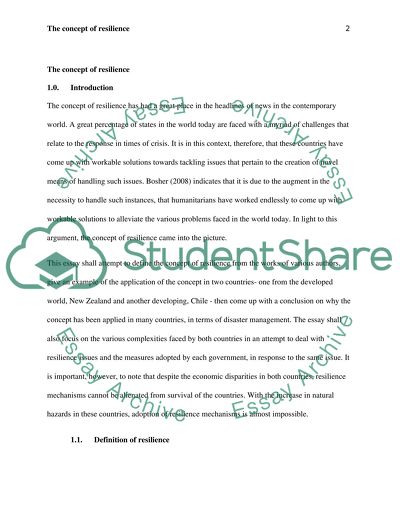Cite this document
(“The Concept of Resilience Essay Example | Topics and Well Written Essays - 4250 words”, n.d.)
The Concept of Resilience Essay Example | Topics and Well Written Essays - 4250 words. Retrieved from https://studentshare.org/social-science/1587814-the-concept-of-resilience
The Concept of Resilience Essay Example | Topics and Well Written Essays - 4250 words. Retrieved from https://studentshare.org/social-science/1587814-the-concept-of-resilience
(The Concept of Resilience Essay Example | Topics and Well Written Essays - 4250 Words)
The Concept of Resilience Essay Example | Topics and Well Written Essays - 4250 Words. https://studentshare.org/social-science/1587814-the-concept-of-resilience.
The Concept of Resilience Essay Example | Topics and Well Written Essays - 4250 Words. https://studentshare.org/social-science/1587814-the-concept-of-resilience.
“The Concept of Resilience Essay Example | Topics and Well Written Essays - 4250 Words”, n.d. https://studentshare.org/social-science/1587814-the-concept-of-resilience.


